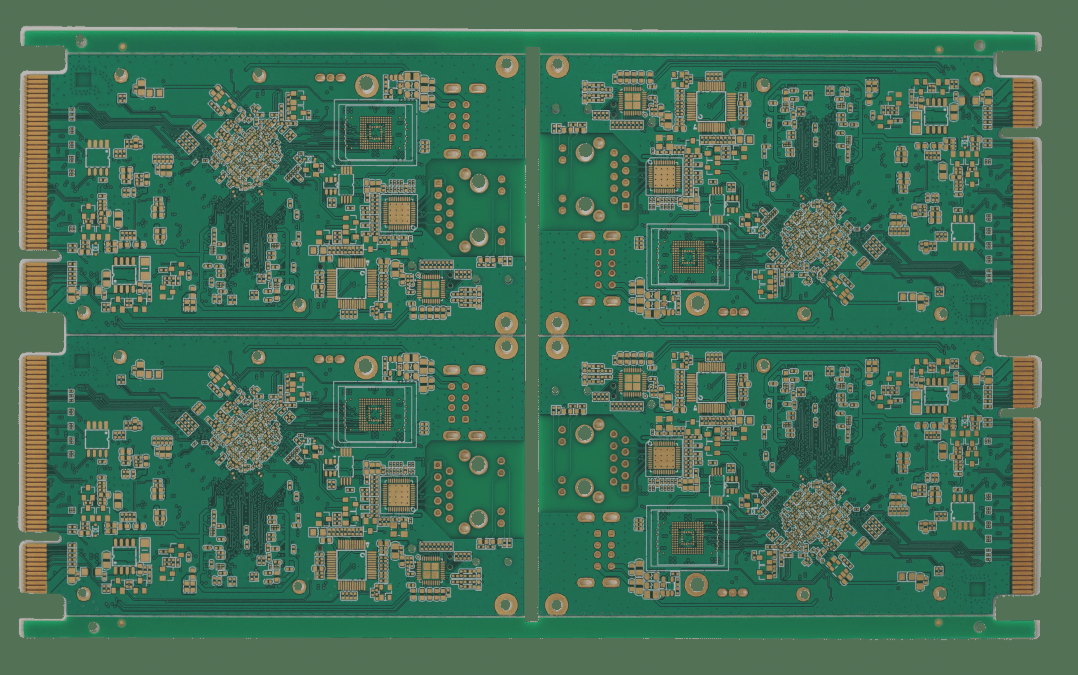The Importance of Copper Cladding in PCB Design
When it comes to PCB design, the process of copper cladding plays a vital role in ensuring the functionality and efficiency of the board. Our team of senior engineers has outlined key points to guide you through this crucial step.
Understanding Copper Cladding
Copper cladding, also known as copper filling, involves filling the unused space on a PCB with solid copper to serve as a reference surface. This process aims to enhance various aspects of the PCB, including reducing ground wire impedance, improving anti-interference capabilities, and enhancing power supply efficiency. Proper copper coating also helps minimize loop area and prevent PCB deformation during soldering.
Challenges of Improper Copper Handling
Improperly handled copper cladding can lead to issues, especially in high-frequency circuits. The distributed capacitance of the wiring can cause an antenna effect, resulting in noise emission through the wiring. Inadequate grounding practices can exacerbate this problem, spreading noise unintentionally. Effective grounding techniques, such as maintaining connections less than λ/20 and utilizing through holes, are crucial for mitigating interference and ensuring proper current flow.
Considerations for Effective Copper Coating
- Utilize the main “ground” as a reference for independent copper pouring in PCBs with multiple grounds, distinguishing between digital and analog grounds.
- Prioritize thickening power connections like 5.0V and 3.3V before copper pouring to create structured shapes.
- For single-point connections of different grounds, consider using 0 ohm resistors, magnetic beads, or inductance for proper connection.
By carefully considering these factors and implementing best practices in copper cladding, you can optimize the performance and reliability of your PCB designs.


